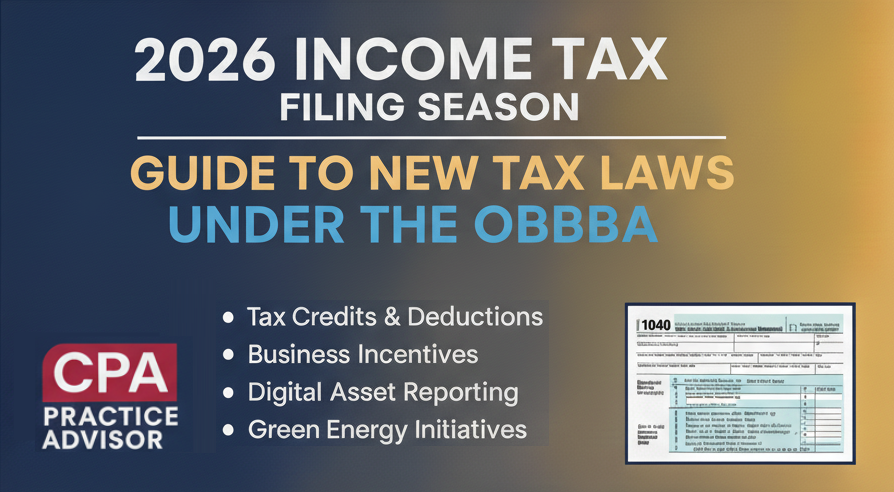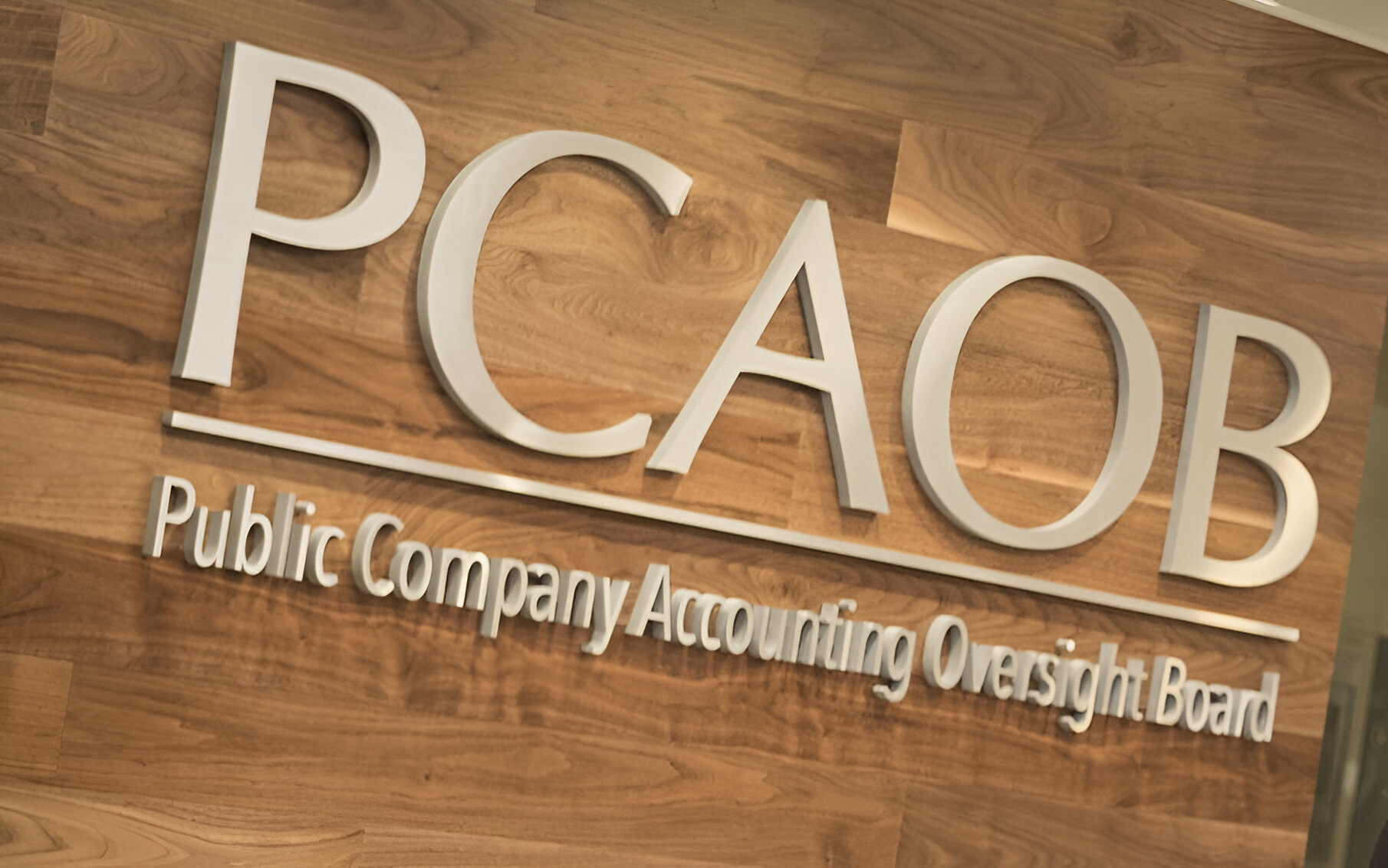While the number of Americans giving to nonprofits has dropped, the total dollar amount is continuing to increase.
That’s according to a new survey by nonprofit software provider Abila, which also identified several other key trends that it predicts will have the biggest impact on fundraising for nonprofits in 2016: Models of giving are changing; engagement is becoming more important than traditional fundraising; revenue generation and social entrepreneurship are emerging as means of addressing mission-driven issues; technology is breaking down friction between organizations and donors; and the election year will provide awareness opportunities for nonprofits.
“In 2016, we will see a few new trends start to emerge, coupled with some existing trends that will continue to gain ground,” said Rich Dietz, Abila’s director of fundraising strategy. “In particular, we’ll see the ongoing emergence of engagement as it surpasses pure fundraising tactics in importance. On the fundraising front, we’ll likely see more and more organizations explore alternative revenue sources and look at different giving models.”
Key Fundraising Predictions for 2016:
A Shift in Giving Models: Recent data show the number of actual donors (as a percentage) giving to nonprofit organizations is on the decline, even with actual dollar amounts continuing to rise. Nonprofits will need to explore new giving models and look at ways to capitalize on opportunities to both engage donors and solicit funds. One example is to look more closely at foundations as a giving source. Per Giving USA’s most recent report, giving by foundations (as a percentage) is on the rise.
Revenue Generation Will Supplement Donations: Similar to 2015, business-minded tactics will continue to play an influential role for nonprofit organizations as they explore new ways to secure funds to deliver on their mission. Social entrepreneurship and revenue generation will play greater roles versus simply appealing for donations from donors. In other words, organizations will look to create inventory to sell items; forge for-profit, corporate partnerships; and potentially sublease property.
Engagement Crucial to Fundraising Success: Personalization is the new mantra for any organization looking to engage with consumers in meaningful ways – this is no different for nonprofits. With the likes of Amazon, Netflix, and eBay providing a highly customized, segmented, personal experience that keeps individuals engaged and retained, nonprofits will need to explore a very similar strategy to secure the most fundraising dollars from individuals. A focus on tracking, conversation optimization, and segmentation will be essential to fundraising success in 2016.
Technology Integration Drives Collaboration: While the cloud and mobile will continue to receive critical attention from all sectors (and for good reason), integration will play a very key role in technology decisions in 2016. In a recent survey of Association of Fundraising Professionals (AFP) members, more than 80 percent said integration between their fundraising and accounting software was important. Integration hubs will play a role as technology is used to break down friction between departments, and between organizations and their donors.
Election Year Brings Opportunities: The 2016 election received unprecedented press coverage in 2015, and that news cycle will only heat up going into the election year. Nonprofit organizations whose missions align with key election-year issues (immigration, economy, employment, etc.) have an opportunity to insert themselves into national conversations and gain positive attention by providing a voice of reason and perspective on key issues.
“For nonprofit organizations to be successful, they must continue to evolve and expand their thinking beyond the traditional approach nonprofits have taken for many, many years,” said Dietz. “Organizations that embrace new ways of thinking, look at new and additional funding sources, adjust their engagement strategies, and look to become a relevant part of key issues affecting our country during a prime election year will be successful.”
Thanks for reading CPA Practice Advisor!
Subscribe Already registered? Log In
Need more information? Read the FAQs
Tags: Income Taxes



